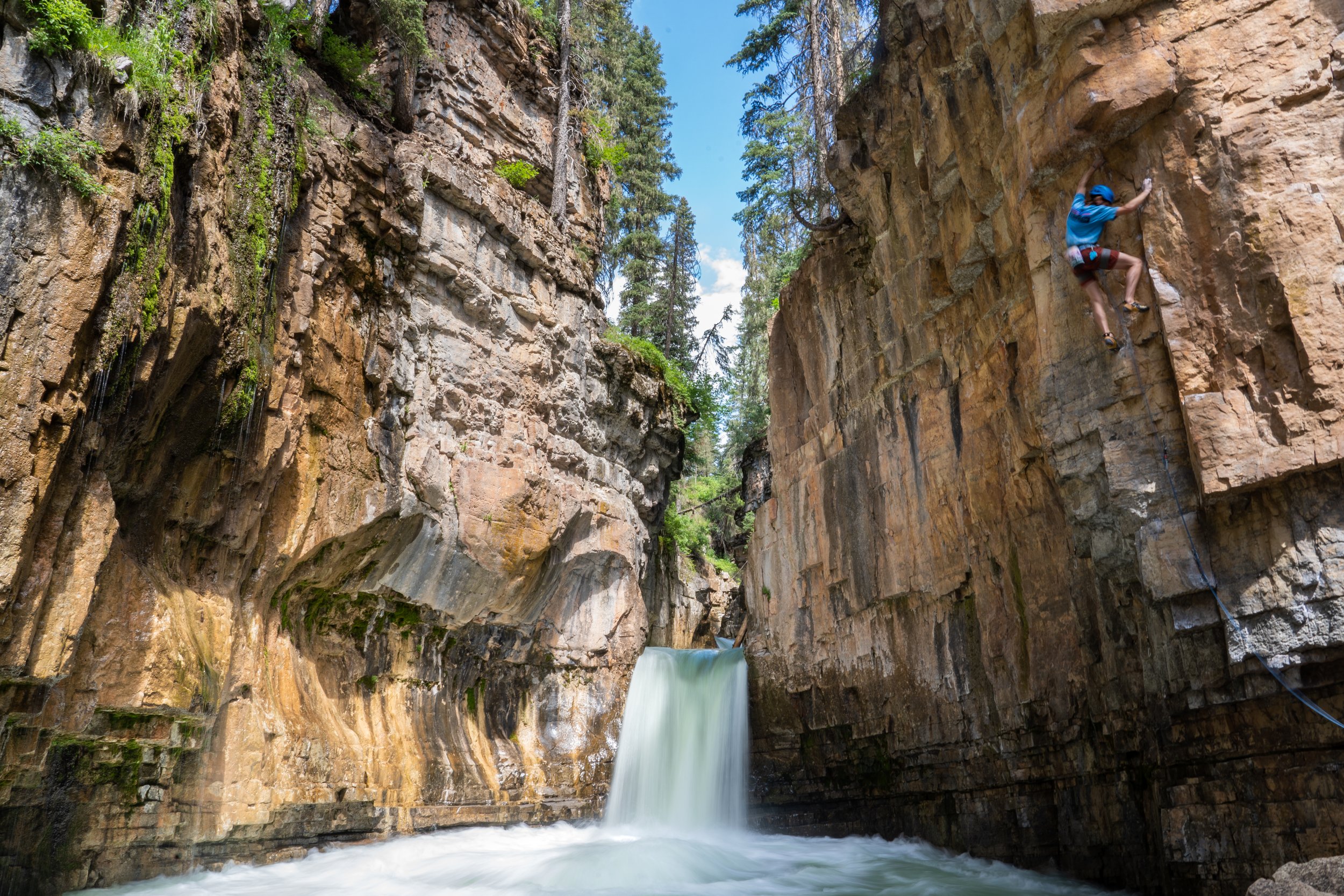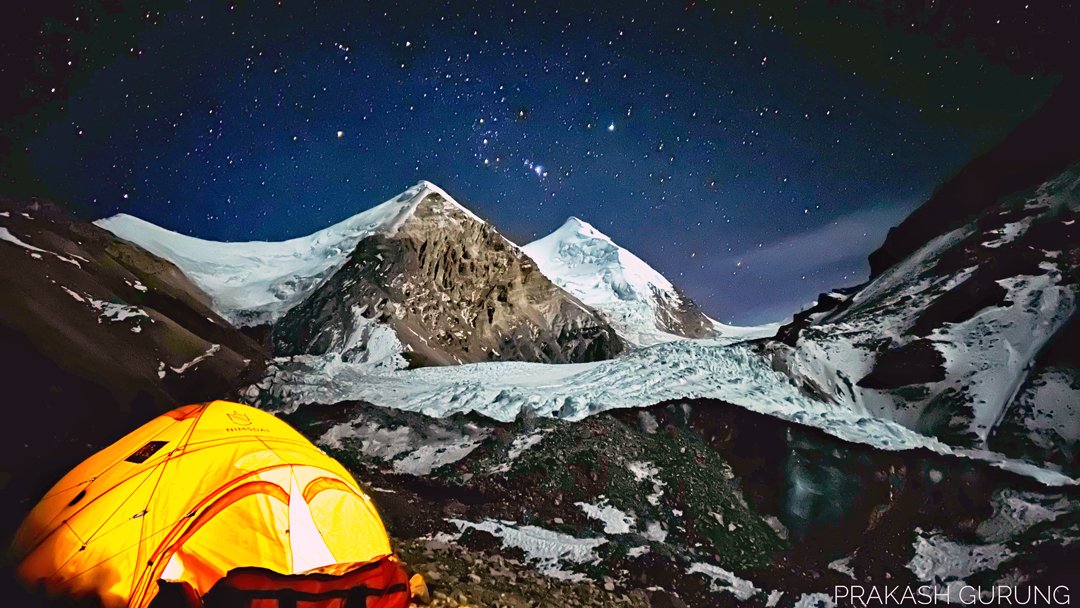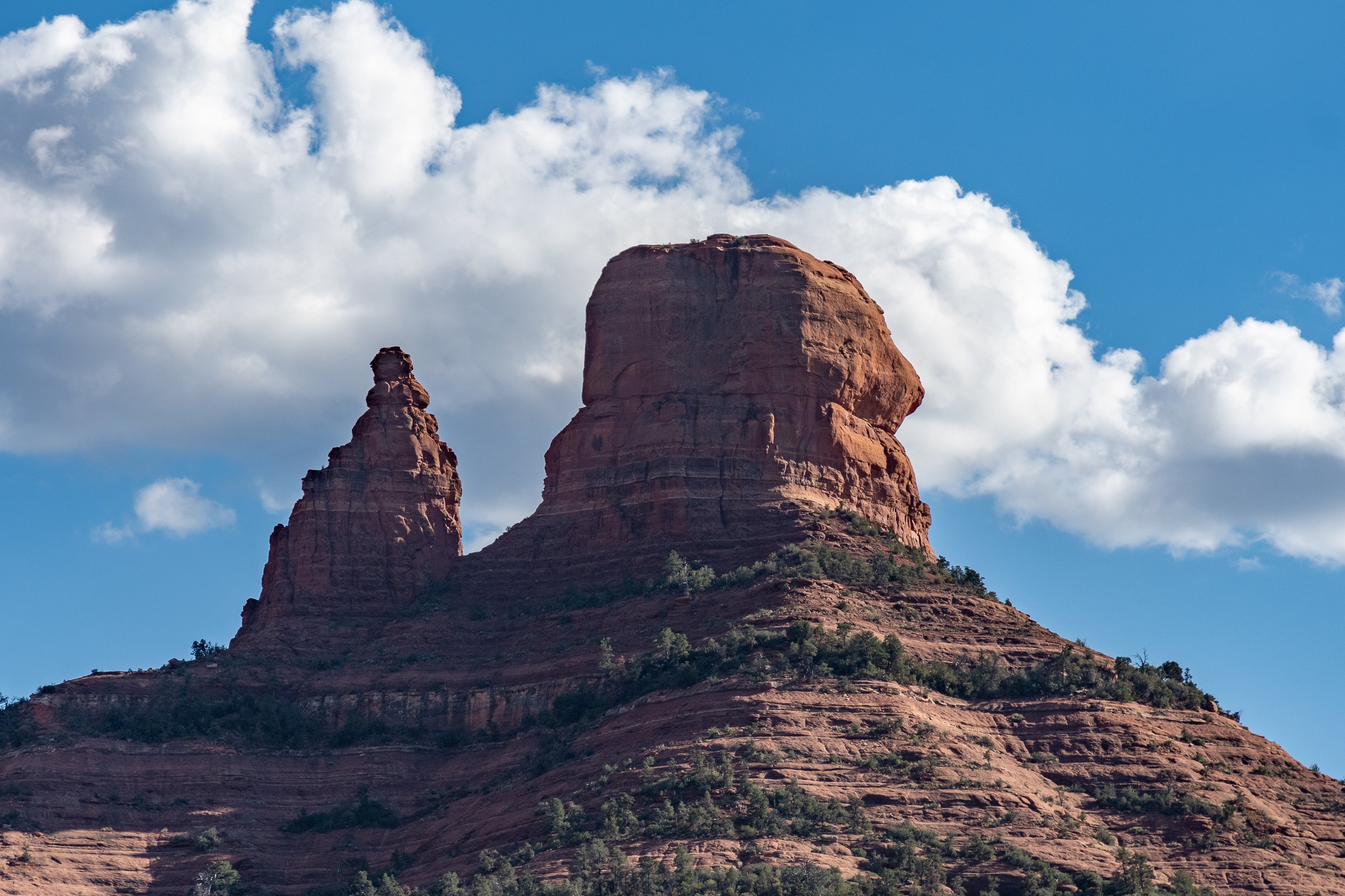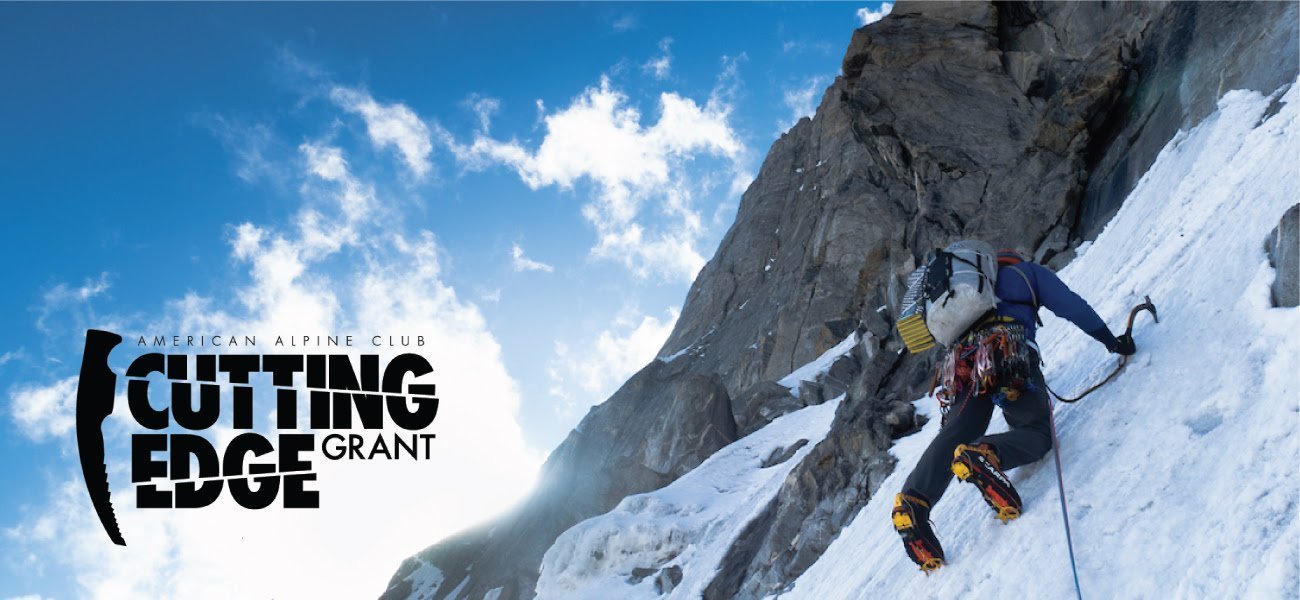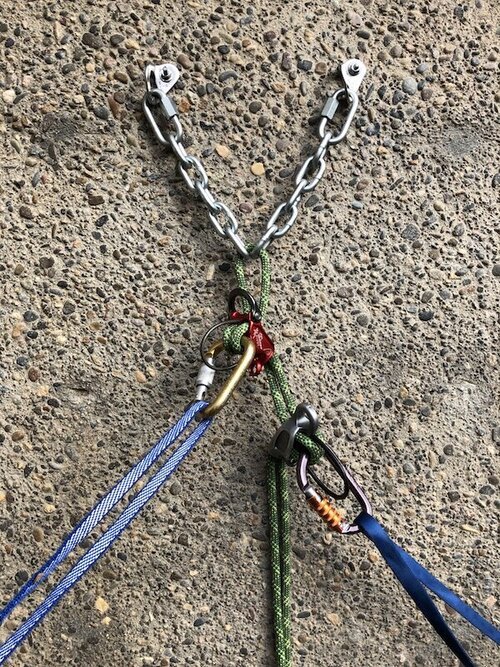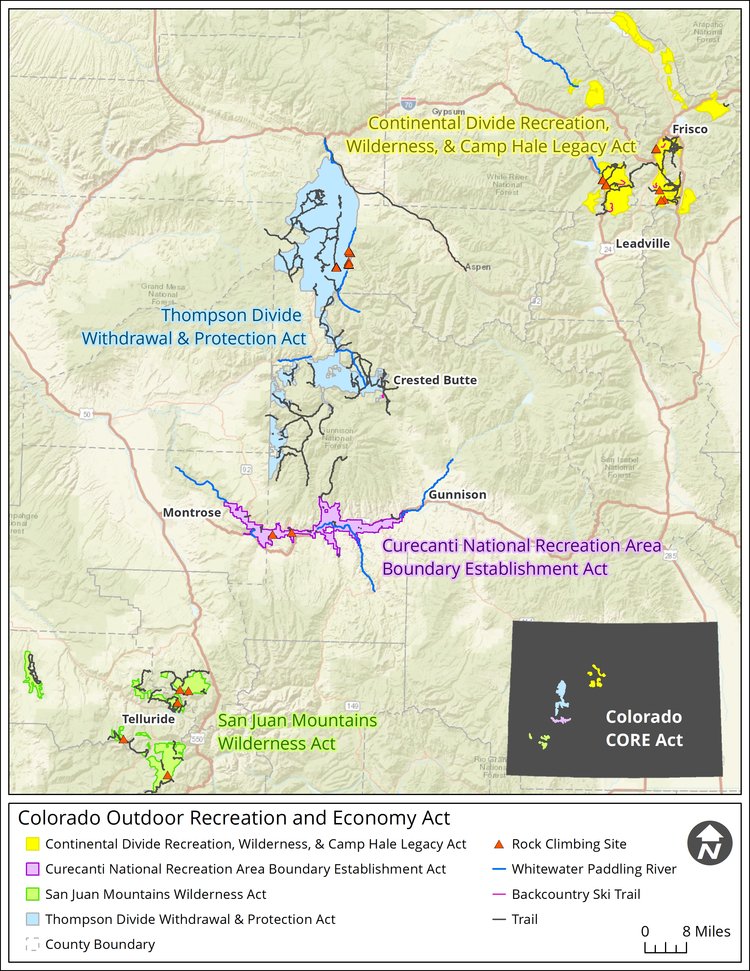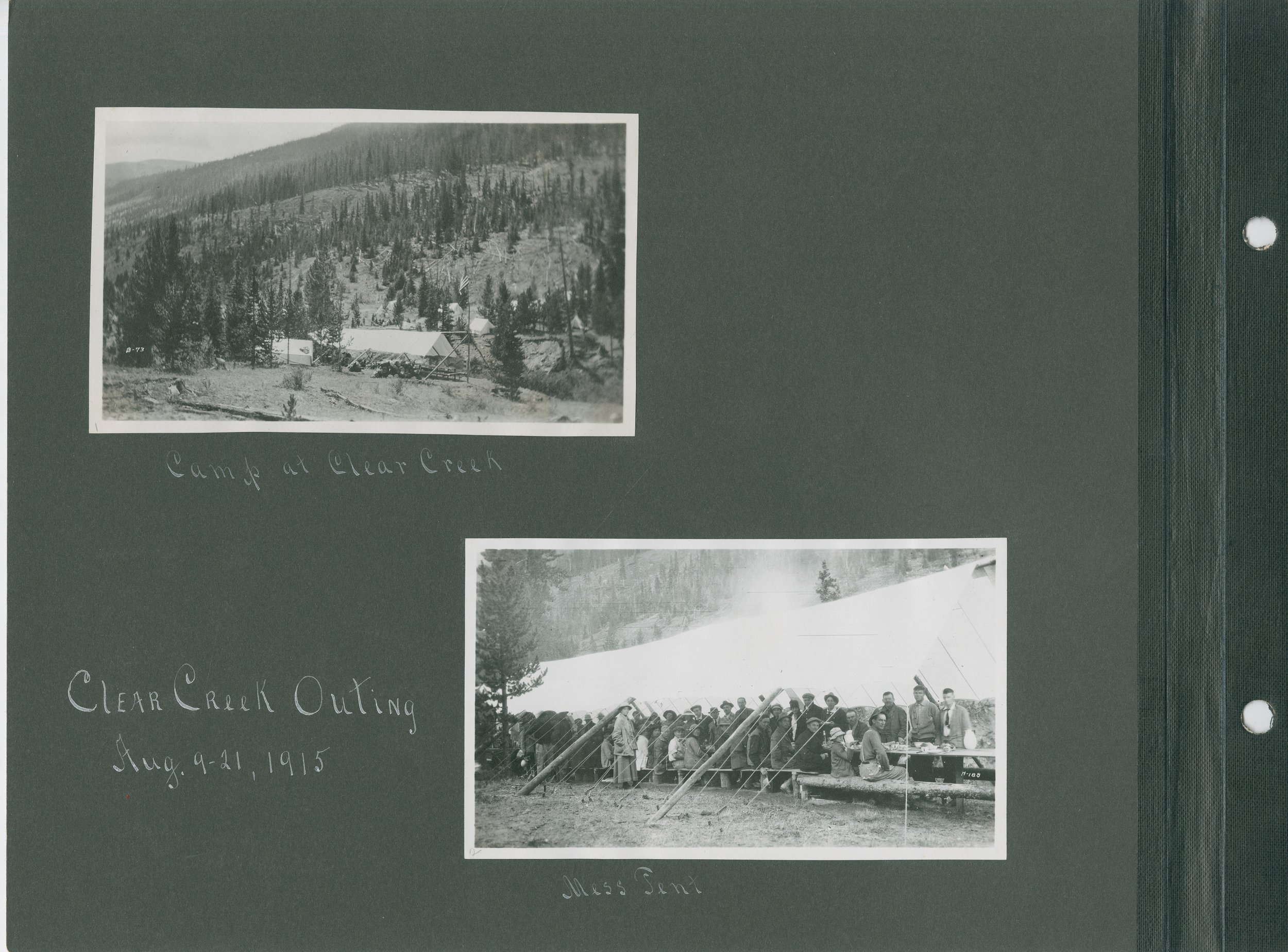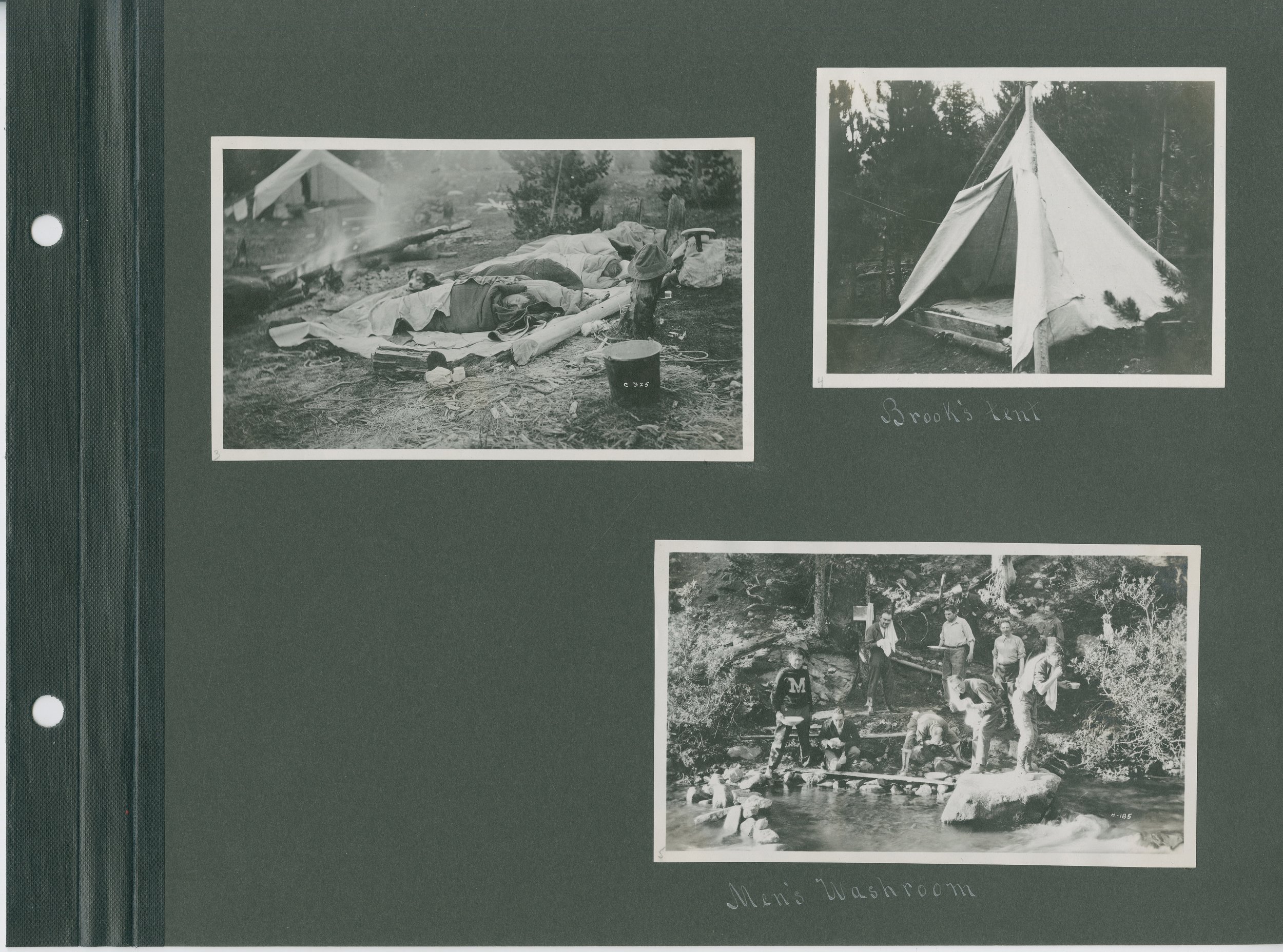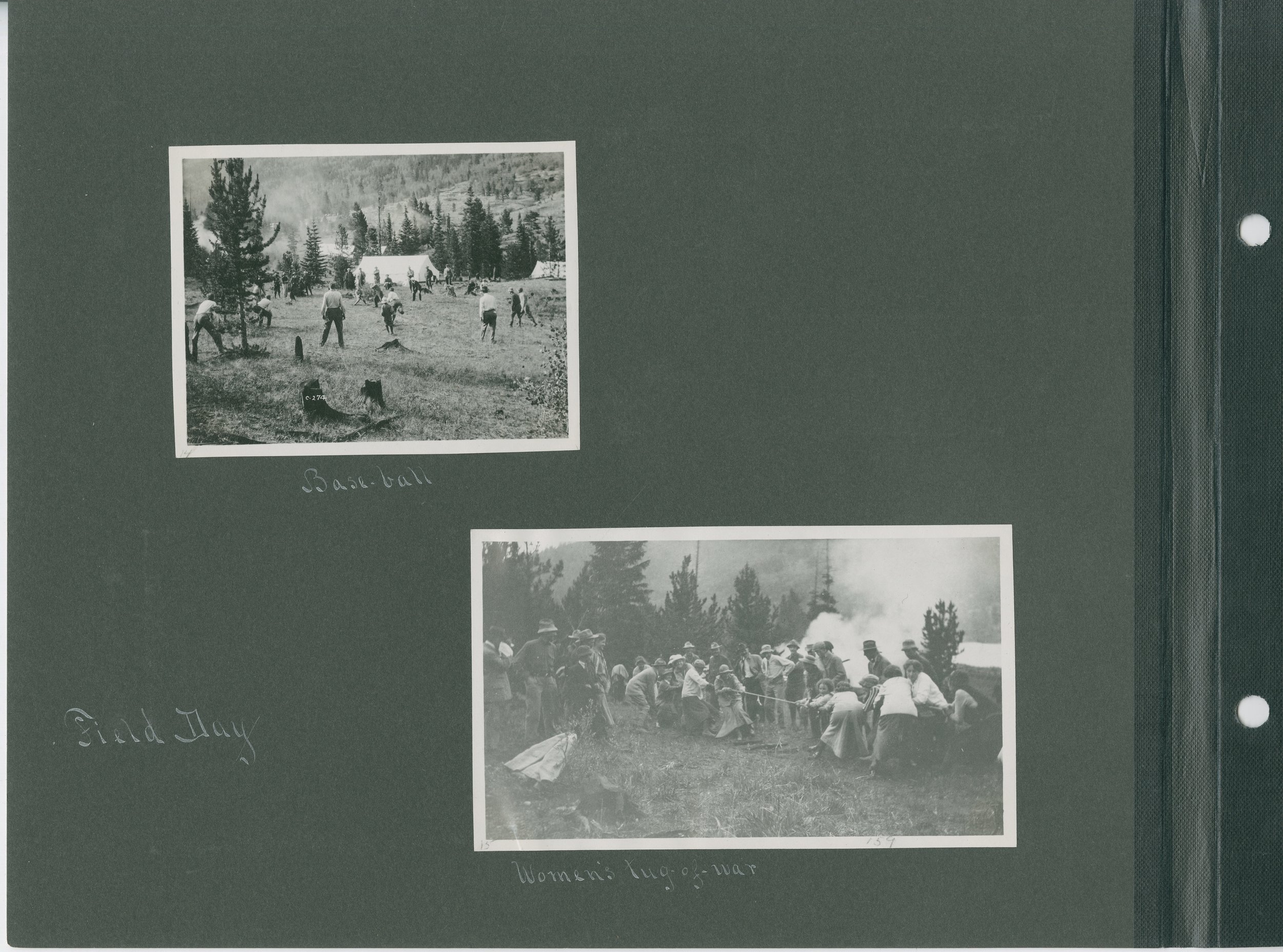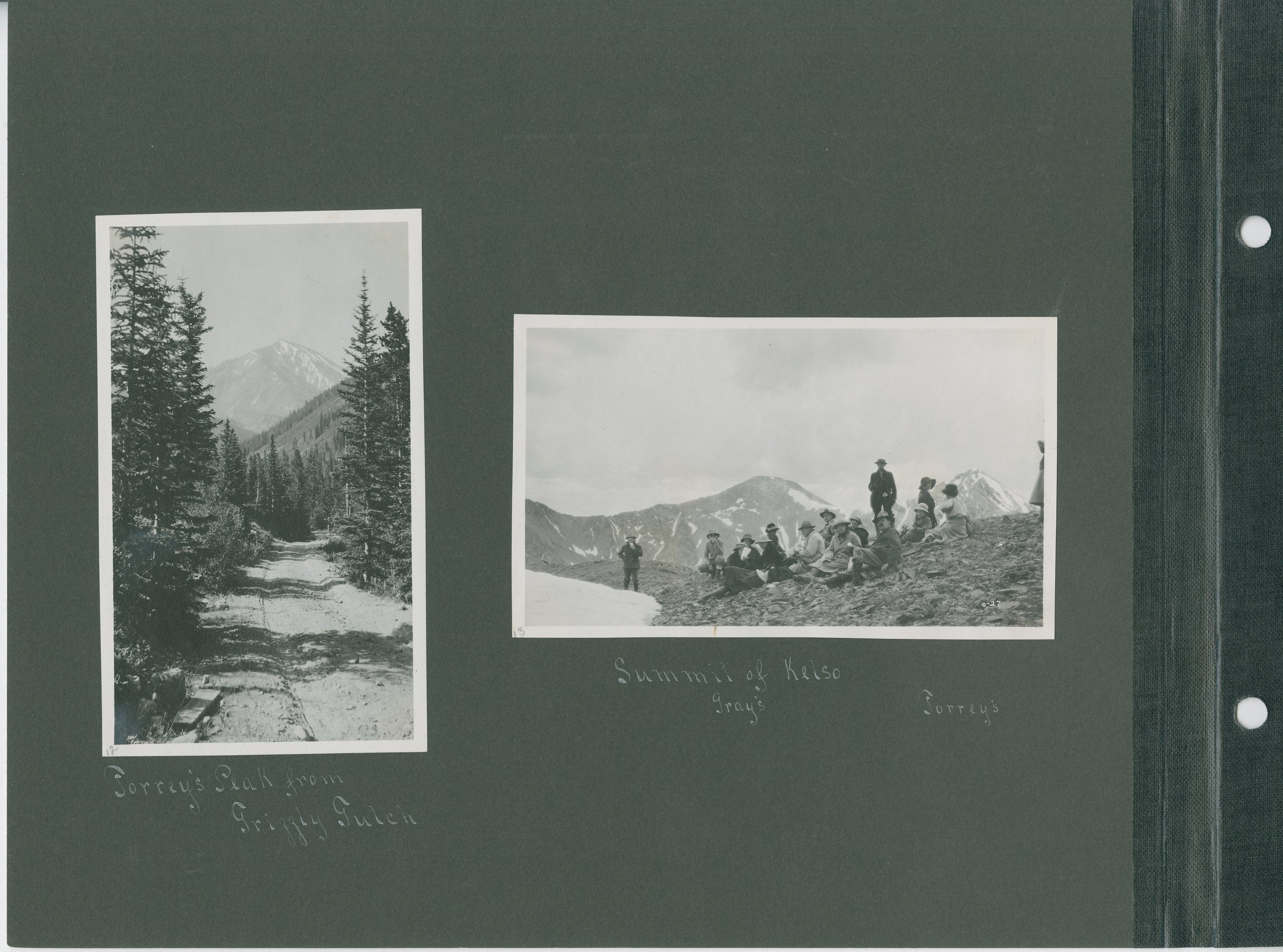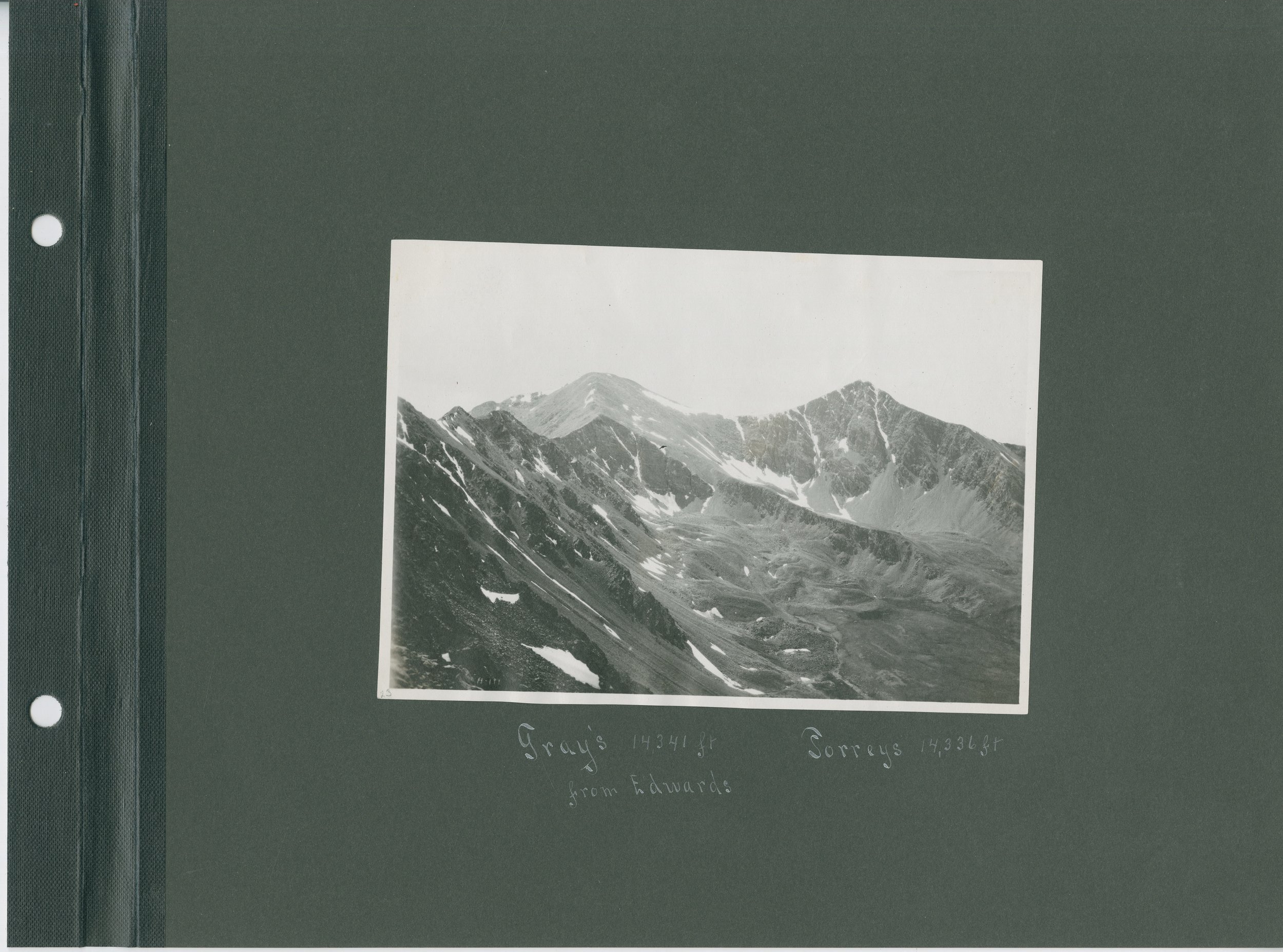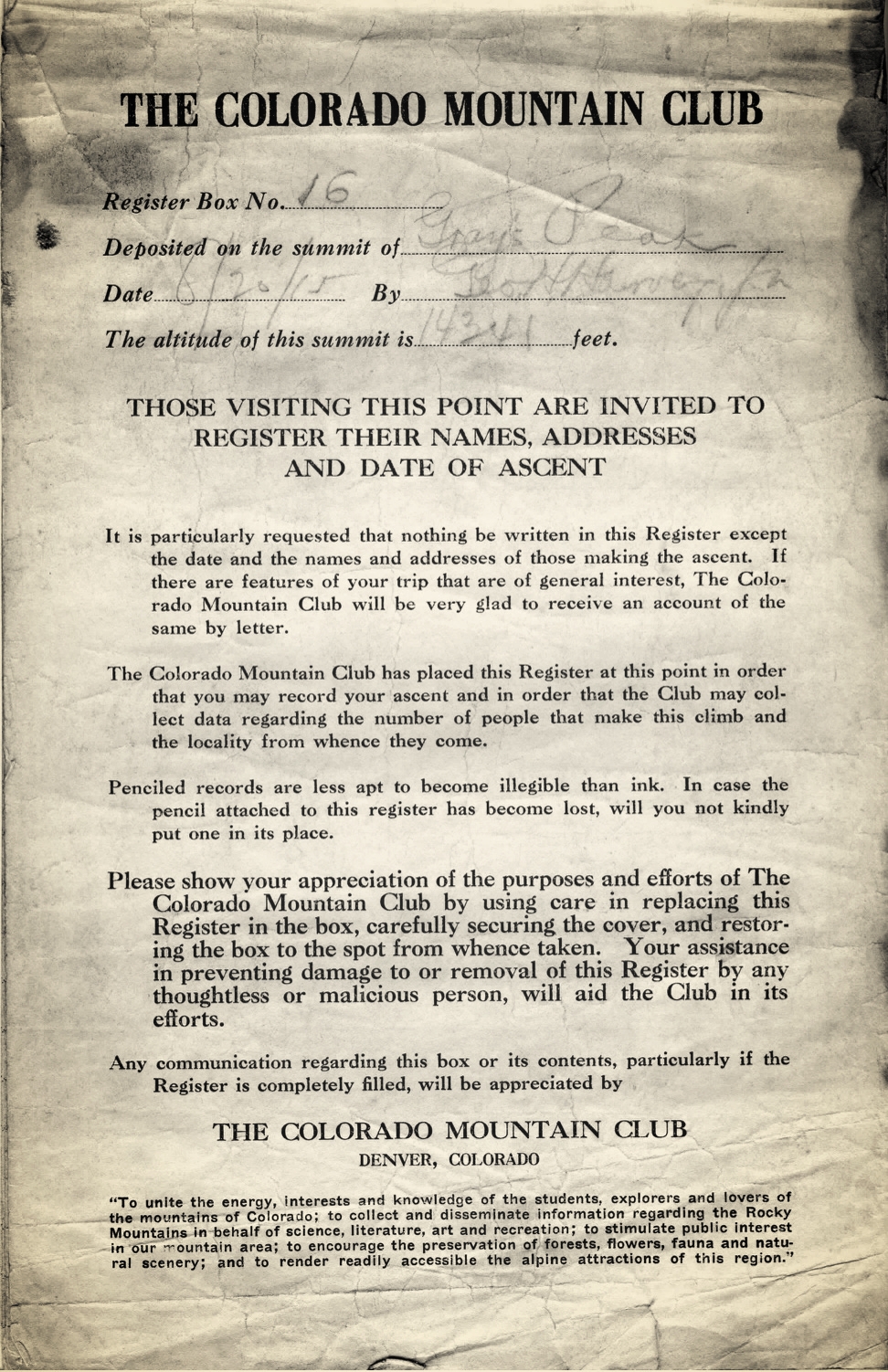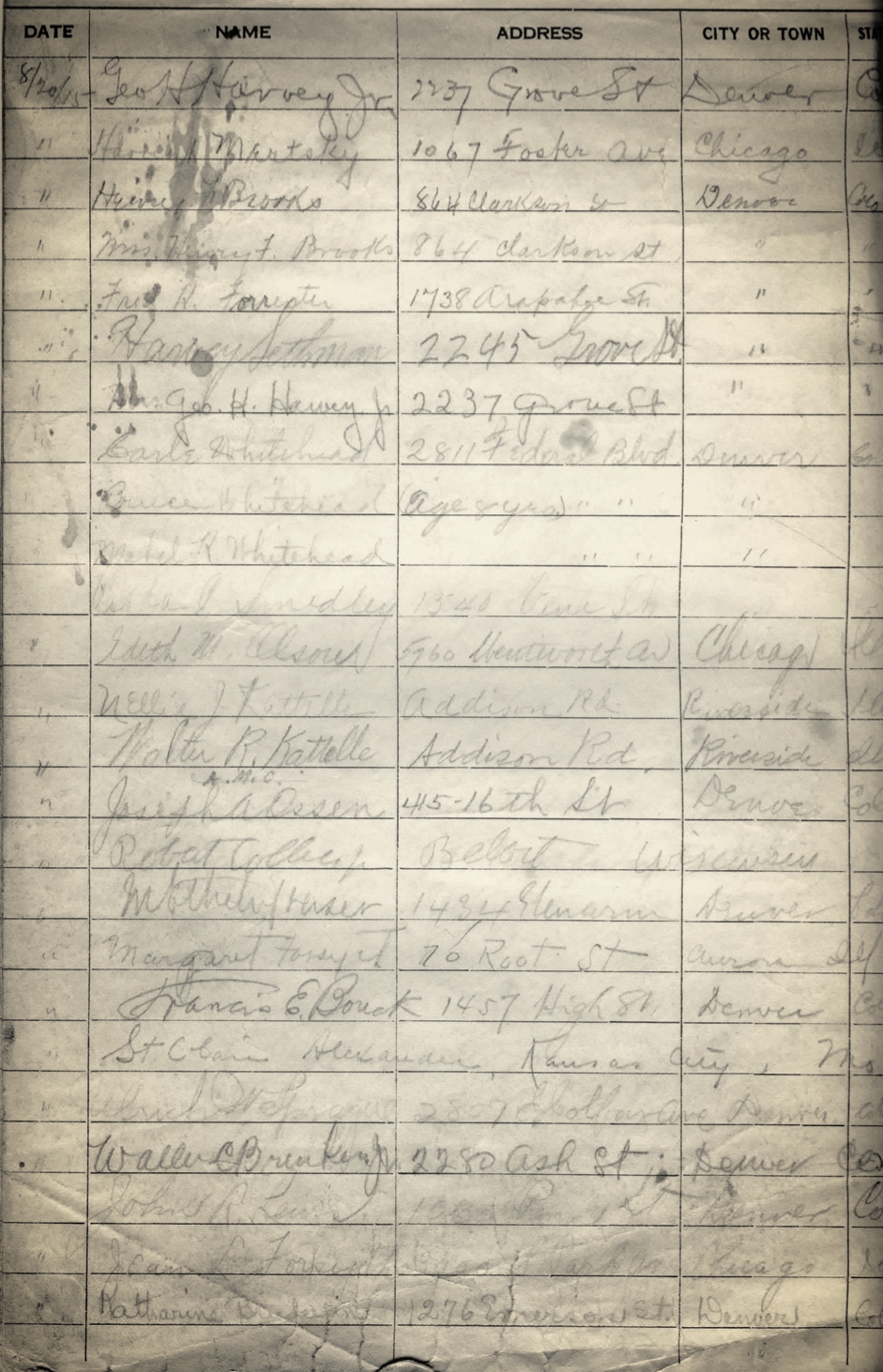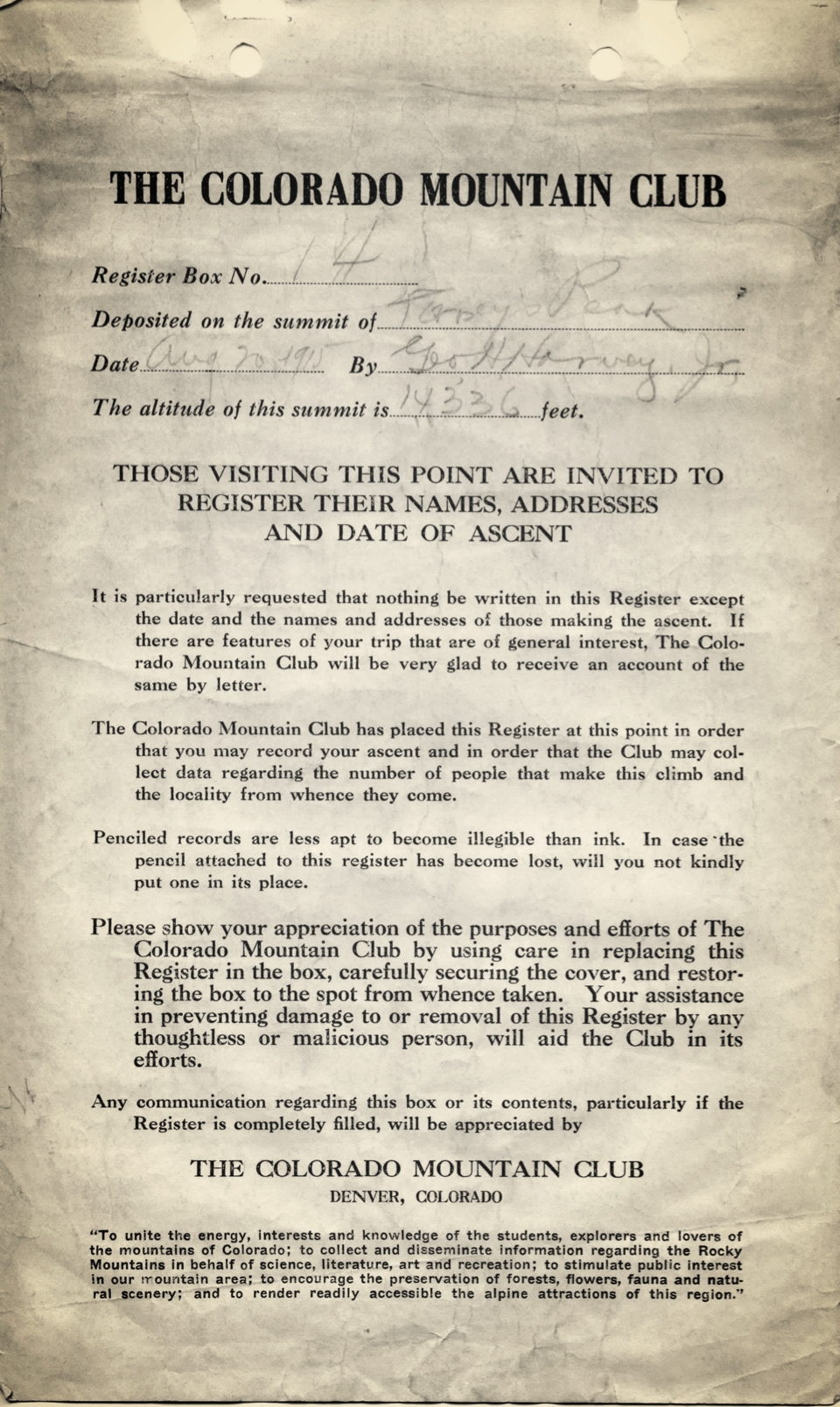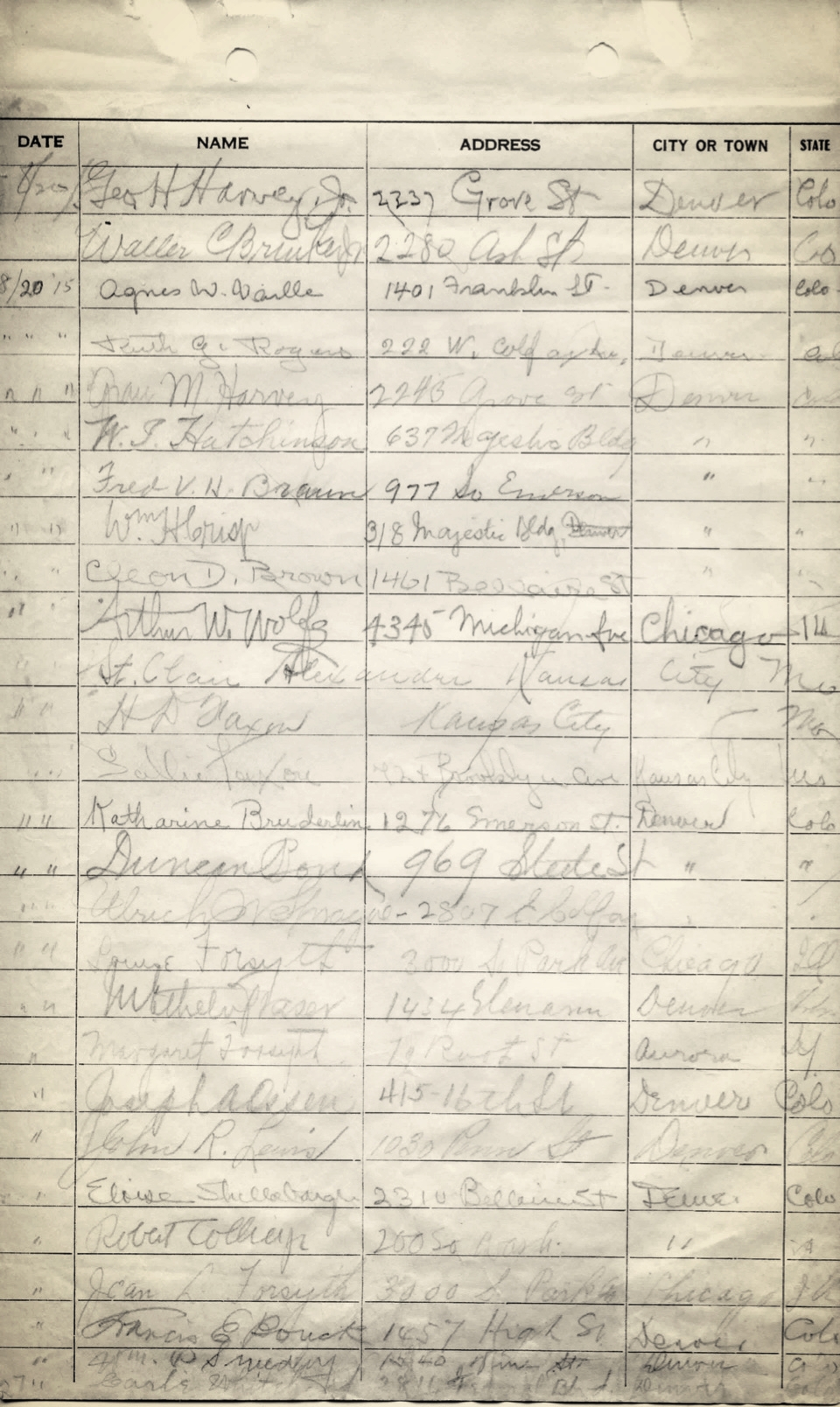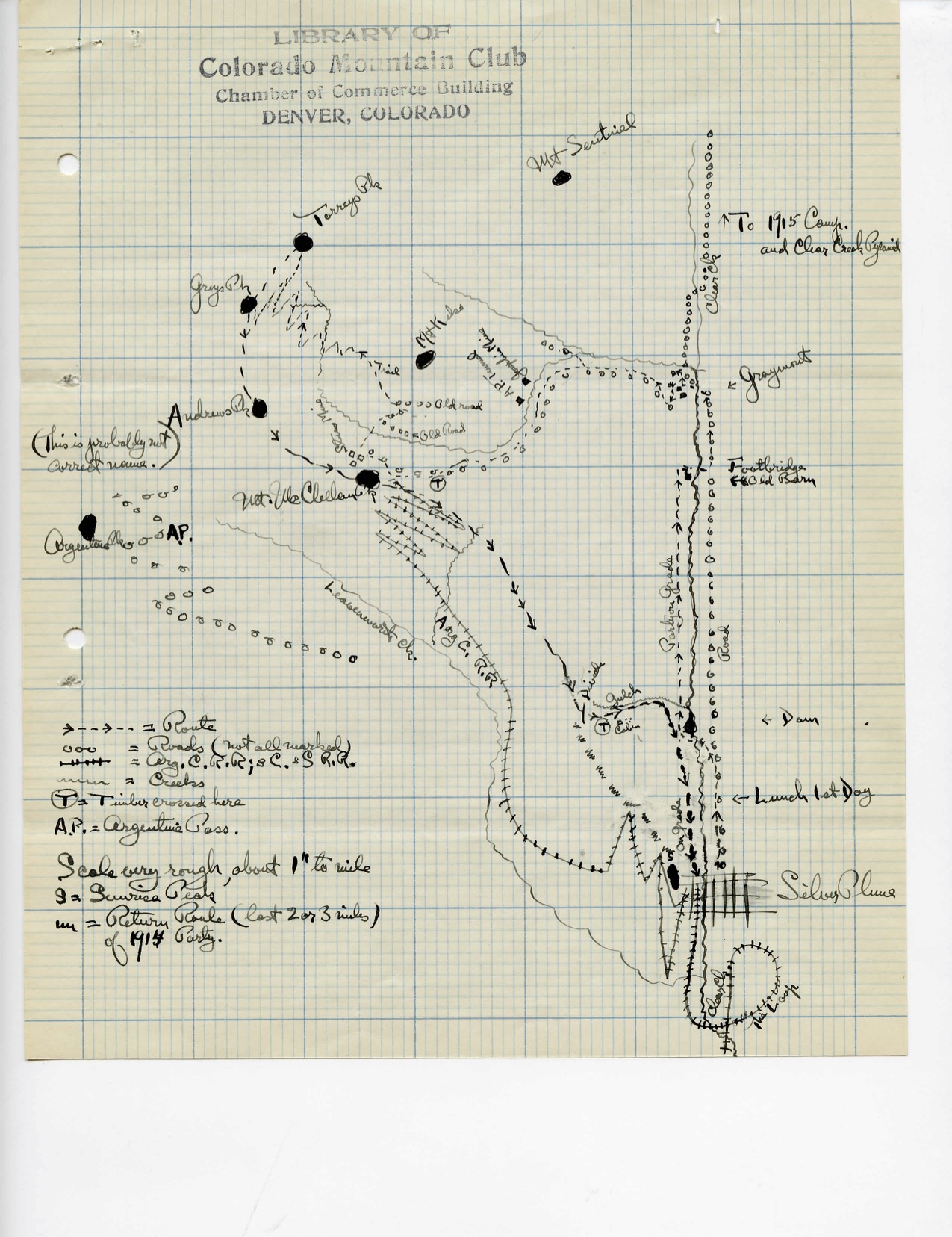A Cornerstone Conservation Grant Story
By Luke Mehall, Publisher of The Climbing Zine
& Taylor Luneau, AAC Policy Manager
This article originally appeared in Summit Register 005.
Grant Perdue feeling the water below on Close to the Edge, 5.11+ at Cascade Canyon. AAC member Will McKay
The Durango Climbers Coalition (DCC) started with a single issue: we wanted to secure a local beloved sport and ice climbing crag called Cascade Canyon. We had learned that the land—which contains challenging limestone sport climbing, our only local ice climbing, and a beautiful waterfall—was located on private property.
Cascade Canyon is home to one of the most aesthetic climbs in Southwestern Colorado: Close to the Edge. Climbers drop into the deep canyon before traversing under a wide collection of technical roof climbs until eventually reaching Cascade Creek, where the pumpy 11c emerges from the water. In the winter, climbers cross the frozen creek to a small but challenging group of ice pillars and mixed climbs. On the best days, you can lace up your ice boots for a few pitches of ice before crossing the river once more to round out your day with a couple rock routes, basking in the Coloradan sun. Few climbing areas offer such a bounty for the climbing community—no matter the season.
How could we secure this land for public use forever? This question led us down a rabbit hole of climbing activism.
Since then, we’ve realized that the Durango climbing community has several issues that need to be addressed, ranging from trail work needs to organizing cleanups of graffiti and trash. But for local climbing organizations like the DCC to successfully manage these kinds of concerns, they need ample resources. Enter our application for the American Alpine Club Cornerstone Conservation Grant.
As much as Cascade Canyon needs protection, some of our other local climbing areas need some love. Animas Mountain, which contains several different climbing zones, and is a mere five minutes from downtown Durango, is at the top of the list. Bouldering is the main attraction with hundreds of blocks scattered in a zone climbers call Sailing Hawks. On the opposite side of the mountain rests X-Rock, containing an assortment of introductory routes and home to Durango’s local sandstone tower, perched high above the Animas River Valley. Excellent running and mountain biking trails provide access to the mountain’s summit and some of the city’s most aesthetic viewpoints.
Anika Bach enjoying her climb up X-Rock in Durango, CO. Land of the Diné Bikéyah, Pueblos, and Ute peoples. Grumpyhighlander photography
Last year, X-Rock was vandalized with several hundred square feet of graffiti, which led to a mobilization of the climbing community to clean it up. We’d previously teamed up with the City of Durango to clean up graffiti at Sailing Hawks, so we had a little bit of experience. This incident sparked action and built community, and the DCC led the way. After eight hours of effort, we restored the sweeping red walls of this scenic climbing area with the help of 18 local climbers, city and county officials, and a Colorado Springs based non-profit, Keeping Colorado Beautiful.
The problems with X-Rock were not over after the cleanup. Irresponsible public lands users have been trashing the area, leaving behind used needles, other forms of trash, and in one case, a gun.
The need for the grant was clear. Trail work and signage would be crucial as we fight to keep this public land safe and sustainable for climbers and other nature lovers. The 5k grant from the AAC will significantly assist with this endeavor. We will formalize the area with a climbers’ kiosk, reinforce eroded approach trails, and direct new climbers to their day’s objective with additional tail signage. This effort would not be achievable without the AAC’s support, along with the City of Durango and La Plata County.
We’ve had some progress on assisting with securing future access to Cascade Canyon. At the same time, we’ve realized the need for the Durango Climbers Coalition as an organization. This need will outlast any current member, and we are here to do the good work, with a lot of help from our friends at the American Alpine Club!

